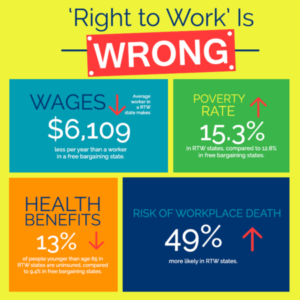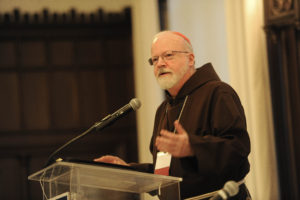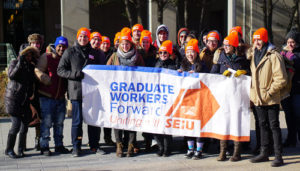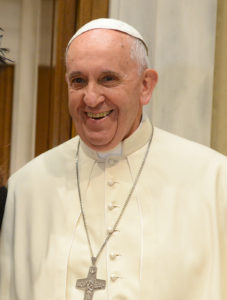The Working Catholic
by Bill Droel and John Erb
In a series for this blog we say that the majority of U. S. families are economically stressed. Some worry about income and expenses now and then during the year; some worry every week. The chart in this installment of our essay is an imperfect attempt to make a point about income in our society.
The Wealthy, the Top 5%
This entire top 5% category could be conflated. But we divide it into three sections to note the stratification among the wealthy. The top-top people are far above anyone else.
Percentage of Families = Top 1/10% of Families.
Income = Over $2million annually. This top 1/10% is stratified; that is, the top-top ultra-wealthy are deriving an income even greater than the super-wealthy.
Description = These families are winner-take-all types in sports, business, communications and the like. This type of family lives in luxury. Their excess goes to investments thereby adding to their wealth. (This essay does not focus specifically on the unprecedented wealth gap.) Private equity executives are on average getting $211million salary per year. Major bank executives average $22million. A well-known TV newsperson now gets $20million. The University of Michigan football coach gets $9million.
******
Percentage of Families = Next 9/10%.
Income = Average of $1,150,000 each year. Of course, there is a significant geography variable. The income of families in this category is higher in the suburbs around New York City than it is for Alabama or Mississippi families in the same category.
Description = These are top professionals. They have significant surplus after their expenses. Most of the surplus is invested. This category is distinguished from the top 1/10% only because the annual increase in their income is at a smaller rate than the runaway super-wealthy.
******
Percentage of Families = This category of lower rich makes for about 4% of all families.
Income = From $300,000 to $1million, again with a geographic variable.
Description = These are executives who, for example, manage a state-wide chain of drug stores or retail stores; some surgeons are in this category as are some sports agents; it also includes some commercial bankers, college presidents, a lawyer in acquisitions and mergers and the like. Workers in this category routinely clock 60 or more hours per week.
The Traditional Middle-Class
Percentage of Families = About 15% of all families are in the upper middle class. These families, as with those in the categories above, have a degree of security.
Income =$111,000 to $250,000.
Description = These are pharmacists, college administrators, some college teachers, some doctors, some real estate developers, some local bank executives. These families are susceptible to drop-offs in income, but they recover. These families have retirement savings.
******
Percentage of Families = About 20% are in the standard middle class. This is where the economic stress line begins. These families are employed, but still experience periodic income shortfall.
Income = $86,000 to $110,000 with some overlap with upper middle class.
Description = These are teachers, social workers, some information technology workers, some health service managers. This category also includes some municipal workers in a union and some contractors. These families have some savings and can be homeowners. However, an illness, a divorce or a downturn in the local economy poses a setback.
******
Percentage of Families = About 10% are lower middle class. Somewhat regular economic worry sets in below $85,000.
Income = $57,000 to $85,000. Our nation’s median income is currently $56,000, which is at the bottom of this category. Half of all families are either wealthy or middle class; the other half earns less than a middle class income.
Description = These are families with a job, though not a secure one. They are retail floor managers, computer technicians, cable installers, some teachers, some registered nurses, government office workers, some service workers. Some of those in this category might hold a college degree; others have taken college courses but not completed a degree program.
The Working Class
This section (in two categories) includes about 50% of all families.
Percentage of Families = About 20% of all families are in the upper working class.
Income = About $34,000 to $56,000 with fluxion year-to-year. Our nation’s median income ($56,000) comes at the top of this category.
Description = These are people in the service industry, in retail, in fast food; also in sales, data entry, licensed practical nurses and more. They are prone to unemployment episodes.
These families have no discretionary income. In a given month they often spend more than they make. The difference between earnings and spending is offset with government programs, tax credits and mostly with debt—first credit card debt, and as necessary with payday loans. A $400 emergency (a car repair or medical situation) can mean a payday loan and the downward spiral that the loan’s high interest causes.
******
Percentage of Families = About 30% of families are in this category of working poor.
Income = Less than $33,000, including subsidies.
Description = Included in this category are parents who work in restaurants, are seasonally employed gardeners, or who sell scrap metal and repair cars for neighbors, are home health aides and the like. Plus those who work “here and there,” but are regularly experience unemployment.




